
Sandro Debono talked about the significance of story in curating and of community engagement. I’m hopeful that MUŻA will enable a legacy of community engagement through pedestrian access that the University and Is-Suq alike have been unable to realize.
by Josephine Burden
Image by Raisa Galea (assisted by Fotor & GoArt)
The first and second chapters of the series are available here and here.
[dropcap]M[/dropcap]UŻA is the National Museum of Community Art and represents a physical move from South St to the Auberge d’Italie on Merchants St as well as a radical cultural shift from Fine Art to something else. At the closing event of Valletta 2018 on December 15 we were invited to visit and stroll around the ground floor which will continue as common access space.
[beautifulquote align=”left” cite=””]In relation to Valletta Commons, the move is significant because of the planned openness to the community by offering access from Jean de Valette Square through to Merchant St.[/beautifulquote]
The building is looking magnificent, the café is cosy and the restaurant offers fine dining. In relation to Valletta Commons, the move is significant because of the planned openness to the community by offering access from Jean de Valette Square through to Merchant St and by founding its curatorial practice in the stories of the community.
Here is a quote from my blog from the early days of the shift when I was beginning to notice how the walking routes around Valletta might link together through the common spaces of the buildings.
![]()
I was overjoyed when MUŻA unveiled their designs for their new venue in Auberge d’Italie. Sandro Debono, a guiding light for the shift, talked about the significance of story in curating and of community engagement. But my joy lay in the plan to enable a walking route through the courtyard of the museum from Jean de Valette Square to Merchant St. At last someone was giving consideration to the concept of the streets as the connecting life of the city.
Imagine the wonder of a stroll through City Gate, under the new Parliament House, past the back of St James Cavalier, across the back of Piazza Teatru Rjal, across Jean de Valette Square, into MUŻA for a coffee, across the courtyard and out on Merchant St, stroll the length of the street past the newly refurbished Is-Suq and the back of the Cathedral and Palace and then…
The flaneur arrives at a jumble of parked cars and motor-bikes cluttering the footpath.
So, imagine my joy when the University of Malta beautifully restored their Valletta campus and re-opened the connecting passage through from Merchant St to St Paul’s St. The space became a delightful linking haven away from traffic with occasional exhibitions to raise awareness of the University as a cultural institution engaging with the local community. The University became part of my cultural map and during the week, I walked through with my groceries and greeted the security people on the desk. Here was a cultural and academic institution that was part of the community and part of my life.
[beautifulquote align=”left” cite=””]My sadness is about a chance lost to create Valletta as a city were cultural institutions work with the local community.[/beautifulquote]
Until last week. I resolutely struggled through the bikes and cars and turned into the entrance to the University. The glass doors were closed and a sign demanded that I ring the bell for assistance. I did, and the door opened. I walked through into the calm space and smiled at the security person who had left her desk and was walking towards me.
“You will have to stop doing this,” she said, “You can’t just walk through with your shopping bags.”
I tried to counter my disbelief by talking about engaging with the Valletta community, about the value of a calm space away from traffic, about a campus that opened out to the community.
“But we are a prestigious institution,” she said, “There are plenty of other routes that you can use.”
And of course I will use them but my sadness is about an opportunity missed, a chance lost to create Valletta as a city were cultural institutions work with the local community to develop pedestrian routes that are safe and pleasant and build our social capital. Instead, the privileged world of the academic is separated from the everyday life of a working city. A pity.
![]()
So I’m hopeful that MUŻA will enable a legacy of community engagement through pedestrian access that the University and Is-Suq alike have been unable to realize.
However, an additional implication for Valletta Commons lies in the cultural shift from Fine Art to Community Art. At the closing event of the former site on South Street, people were invited to tell their stories and memories of the collection. I read a short piece from my third book, Middle Sea Dreaming, yet to be published. In this piece, I’m strolling around Valletta visiting some of the paintings, including the beheadings of St Catherine and of St John. My companions are Persephone and Minerva whose stories are told elsewhere in the book and I’ve just arrived at the Museum of Fine Arts.
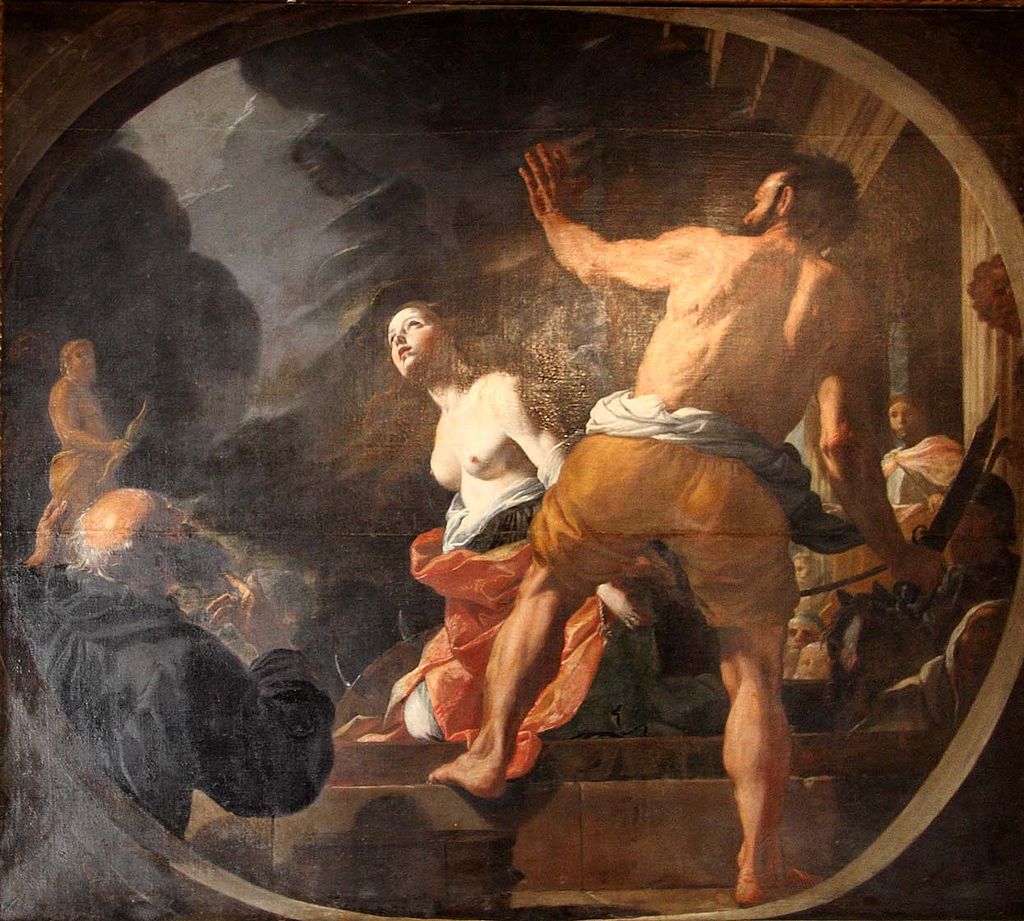
I arrive at the Mattia Preti painting of the Martyrdom of St Catherine first. This painting is less compelling than the one in the chapel because this time the painter has turned the executioner away from the viewer and his sword is already drawn. He has received the instruction to proceed with the execution. I can have no influence on the outcome. Catherine continues to gaze upwards with her breasts exposed, dreaming of her rendez-vous with the lord of heaven. Will she find pomegranate seeds there?
I do not stay long before walking into the adjoining room where the walls are lined with horrific images of death. Persephone leaves me as I pass a man lying on the ground with his guts spilling out. Minerva stiffens her backbone. At the end wall, I find Judith and Holofernes.
Now, it is Judith who has become the executioner but she has the same workmanlike determination as the man who beheads St John in Caravaggio’s work in the Cathedral. She uses a sword rather than a dagger and one hand grasps the hair firmly ready to transfer the head to a bowl held by another woman. Holofernes lies on his back in the bed where Judith has seduced him. He has a look of surprise and horror on his face as he realises that his conquest of land and woman will not lead to the triumphant trumpet of Minerva.
[beautifulquote align=”left” cite=””]Do women need to take on the same workmanlike violence as men to escape the oppression of the martyr?[/beautifulquote]
So do women need to take on the same workmanlike violence as men to escape the oppression of the martyr? Will that earn them the trumpet of Minerva?
Persephone rejoins me as I go out onto South Street and walk home along Strait Street. At the bottom end, before I turn right on St Christopher Street, I smile at the street art on an ancient door where someone has painted a confident woman sitting on a bar stool looking directly back at me. She has a long cigarette holder and invites Hades to sup with her. Persephone laughs. Perhaps I need to get out more.
![]()
The re-launch of the Museum of Fine Arts as MUŻA opens up another aspect of the Commons and that is the role of our shared culture in shaping the way we think. As long as we leave it to others to tell the stories, we abandon the Commons to the dominant voices. As a woman in old age, I am trying to shift that perspective in small ways. In my next article, I’ll discuss some strategies of resistance that I have tried to learn about since coming to live in Valletta.
Read more:
Valletta and Our Common Good: Strada Stretta
Valletta and Our Common Good: is-Suq tal-Belt
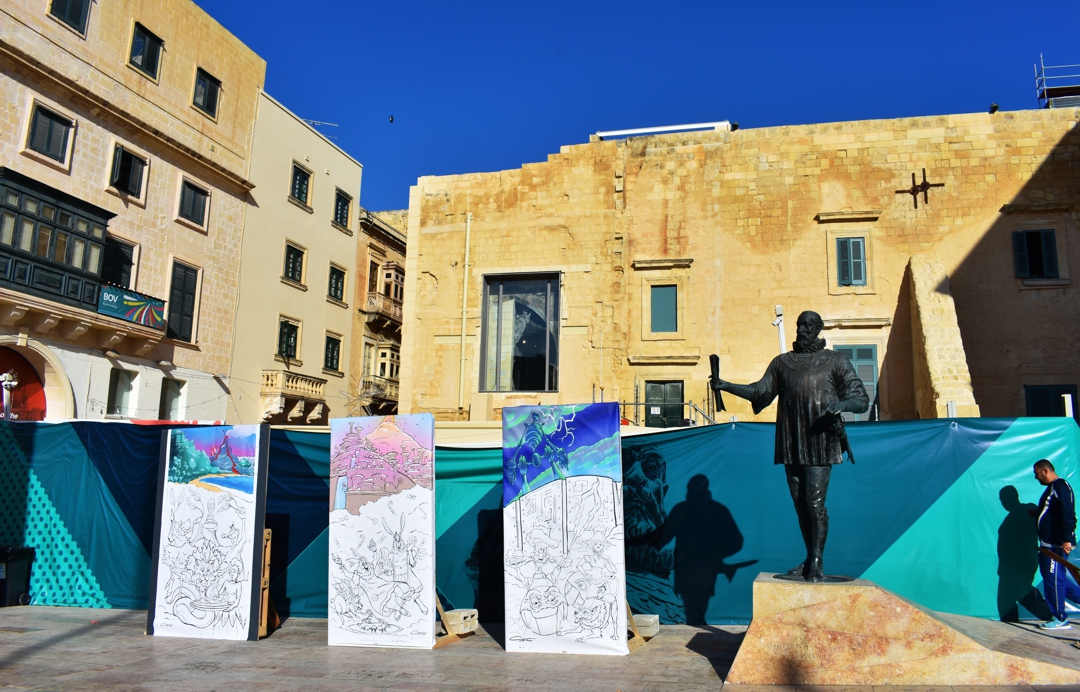
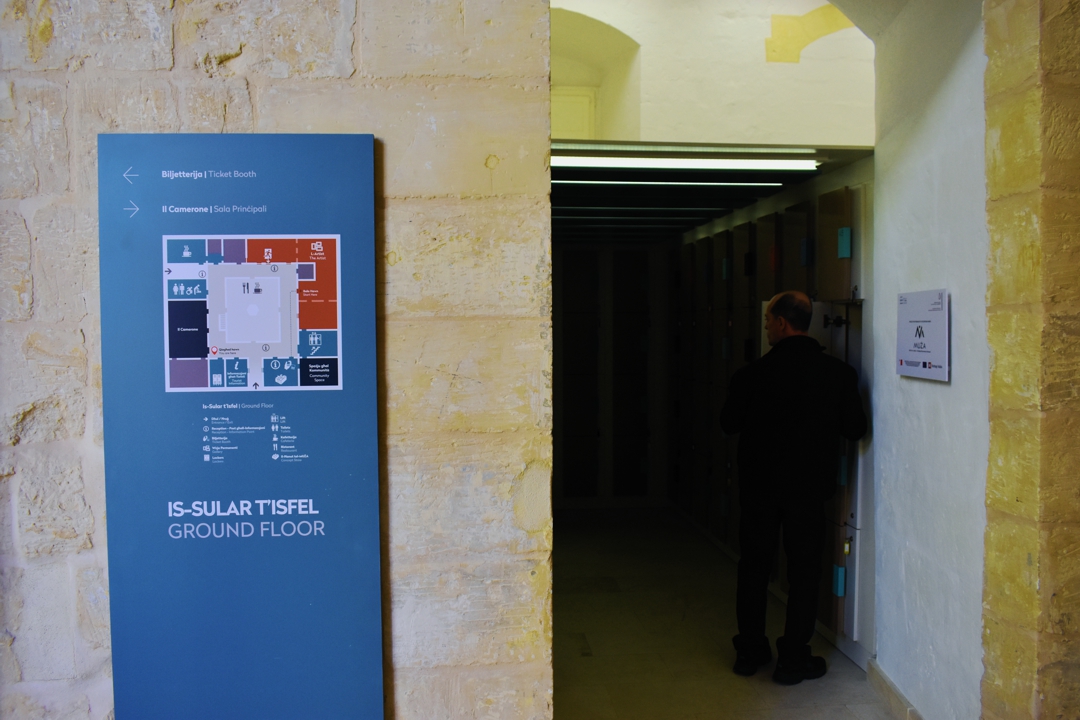
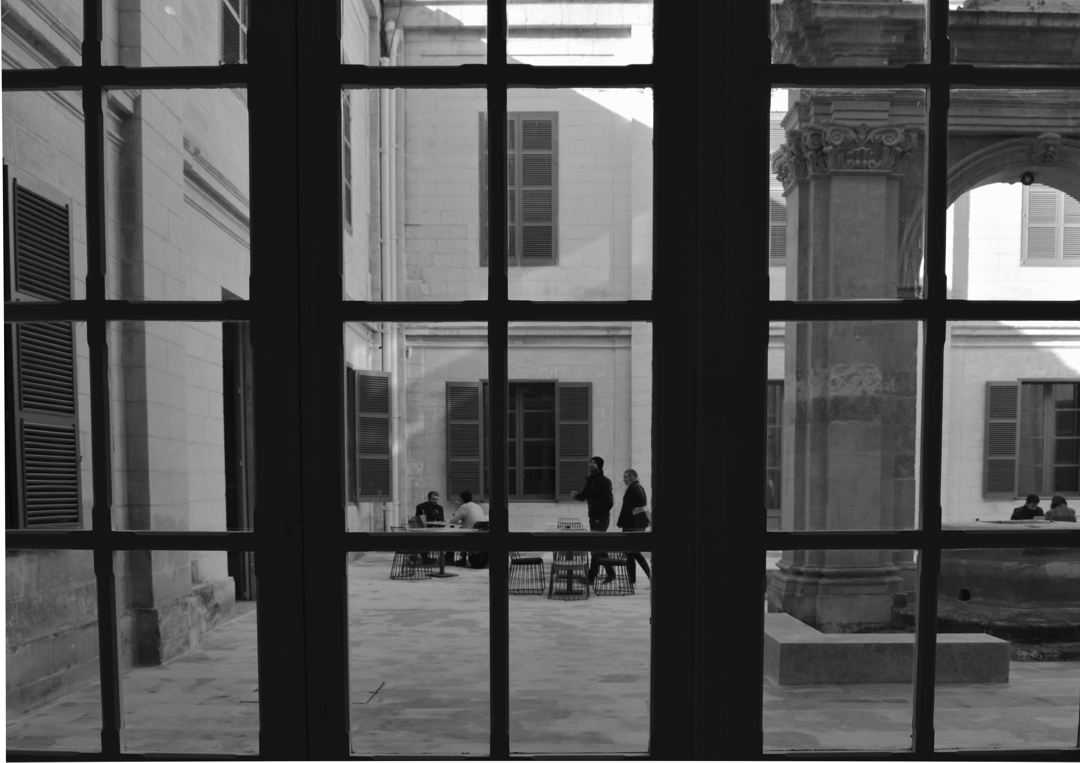
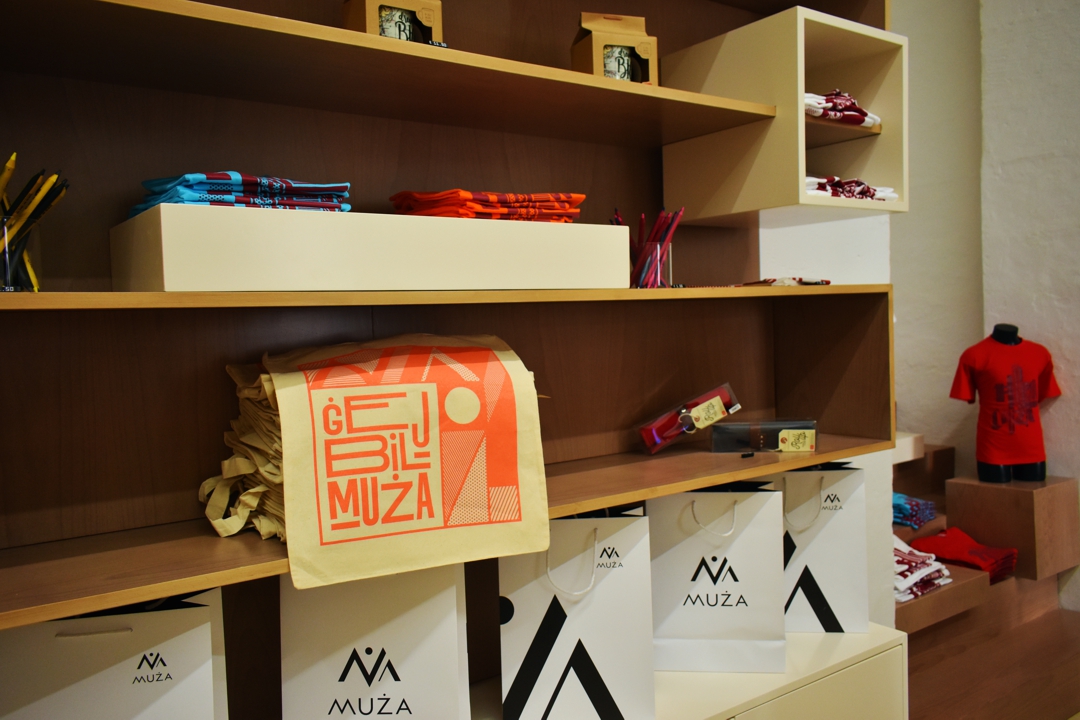
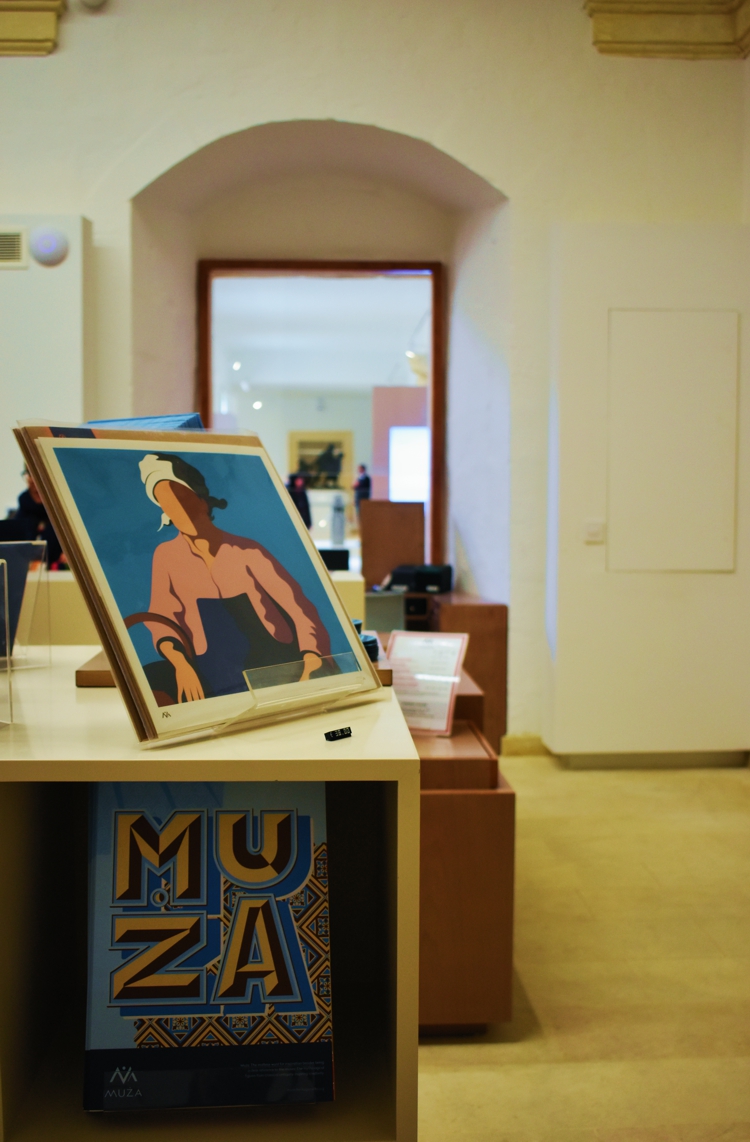
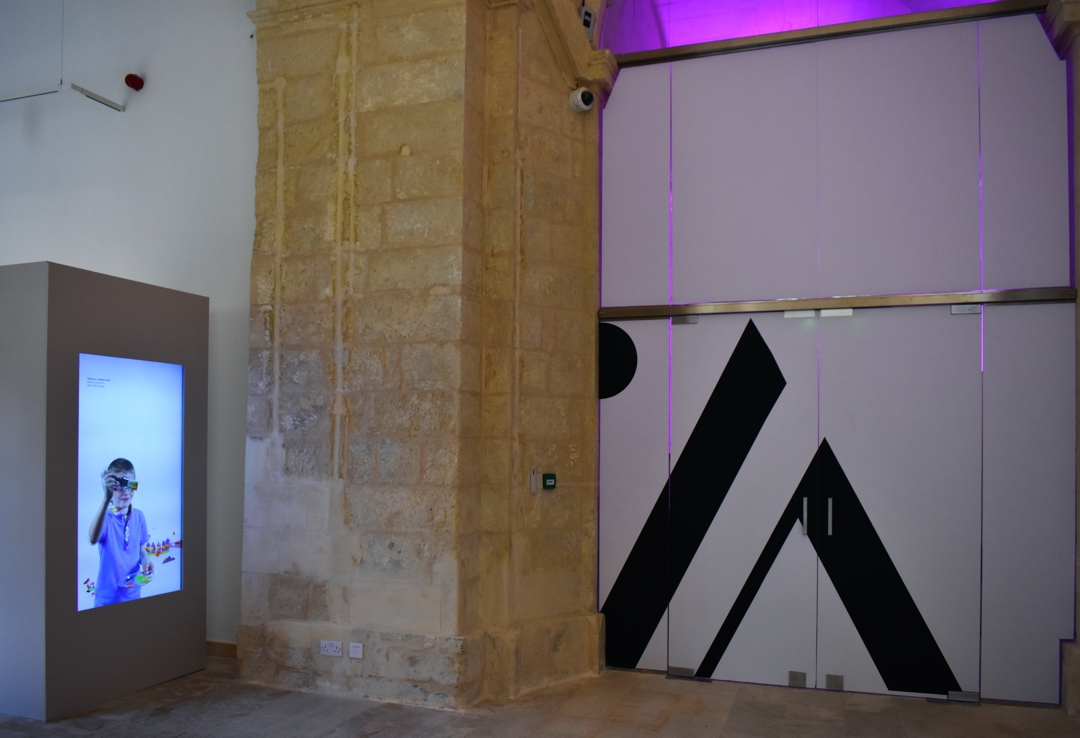
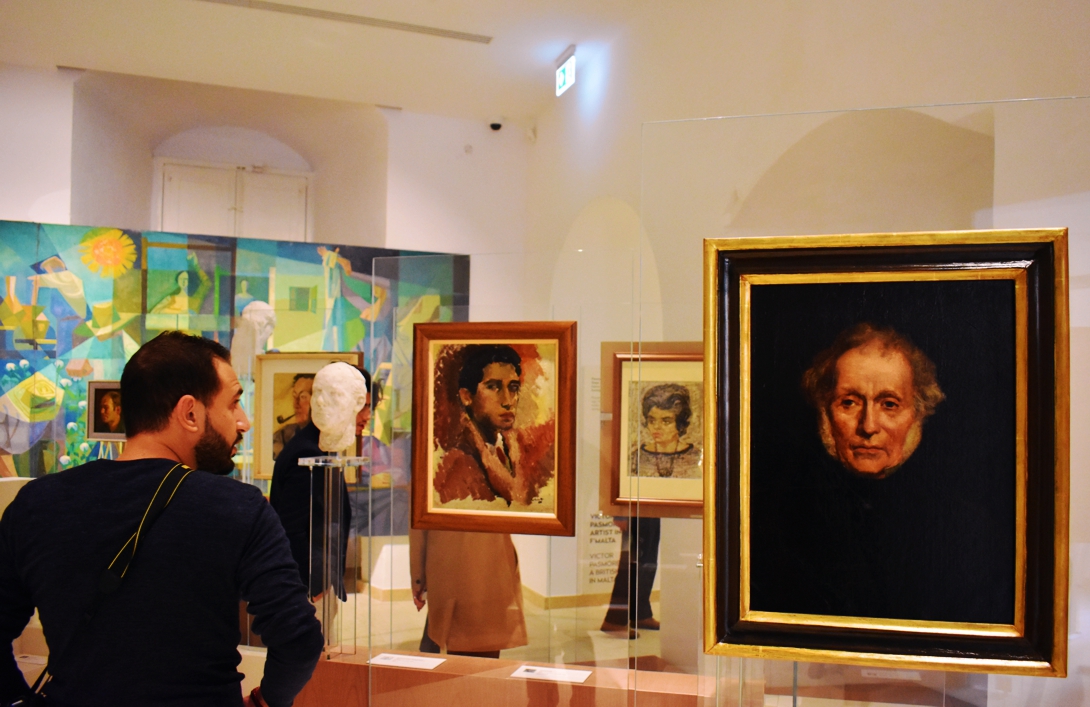
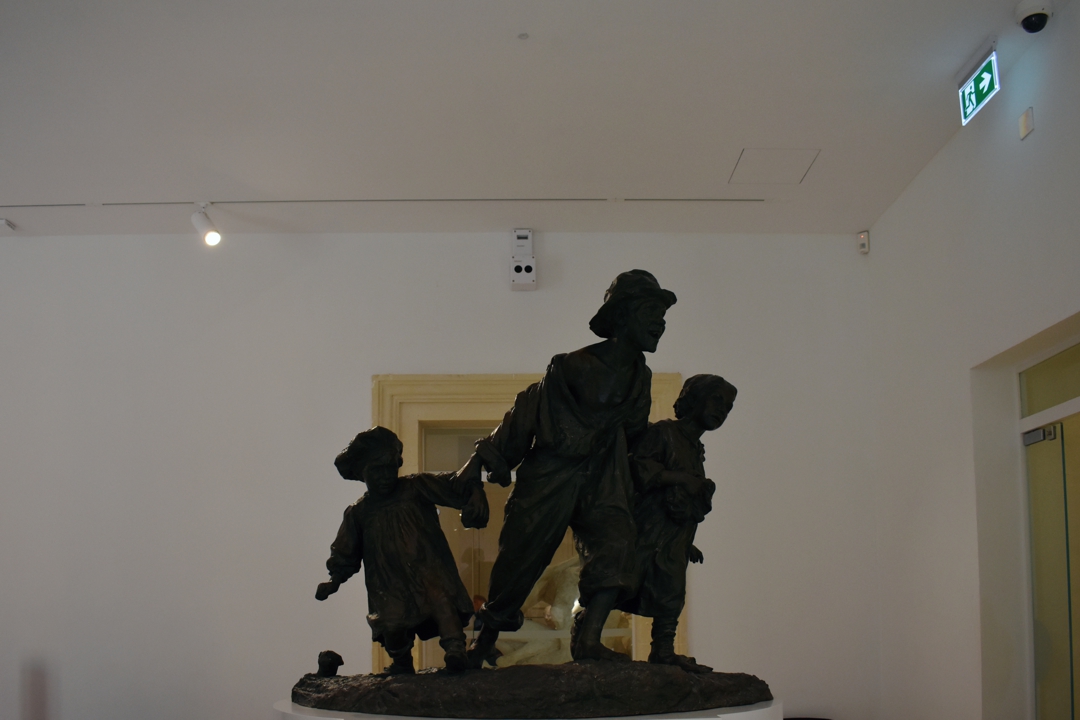
Leave a Reply